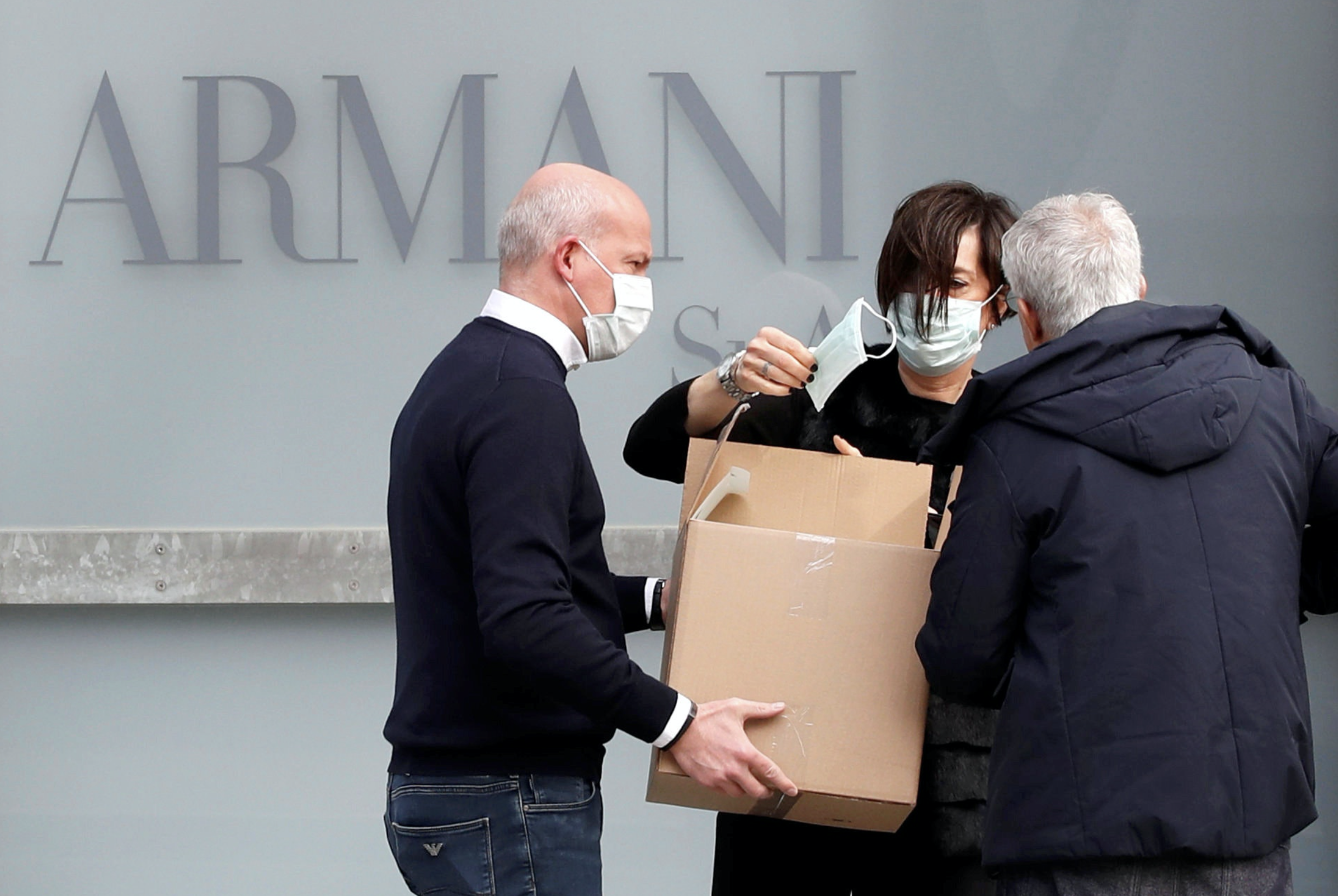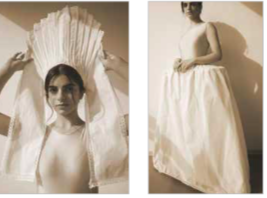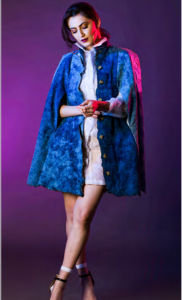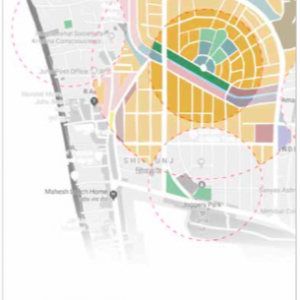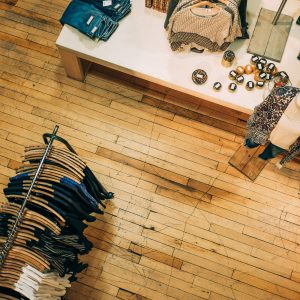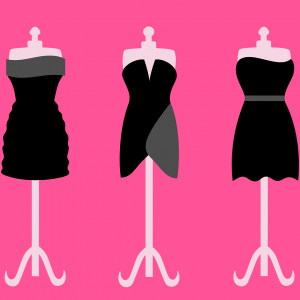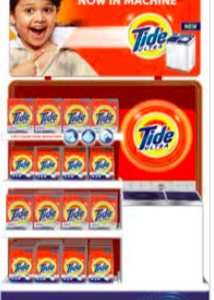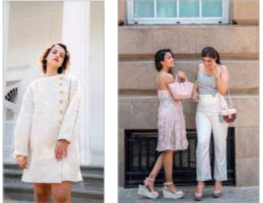HOW HAS PACING-OUT SLOW DUE TO COVID-19 AFFECTED LUXURY BRANDS?
From brands learning about their biggest mistake, to opening new doors for Tier 2 cities, this virus is shaking some serious surfaces, by Vama Kothari
Statistics have it that 177 countries and territories around the world have been affected by the Covid-19, reported approximately 9,390 deaths and counting. The entire nation is slowly moving on ‘home quarantine’ where individuals self isolate in order to decrease the spread of viruses. This pandemic is going to be recorded in world history not just for shutting down an incredible number of businesses and industries but also for the constantly increasing death count across the globe. This unstoppable global pandemic has tanked the economy to unprecedented levels as stocks have plummeted worldwide for the last few months. This has a direct hit on the fashion industry.
Many buyers from all across the globe depend on China for their raw material supply. China is the largest textile producing and exporting country in the world, thus it is inevitable to assume that this has a direct correlation in the fashion scene. Majority of all brands across the world are facing an all-time low of placing new orders.

Bicester Village was well on its way to maintaining its upward trajectory for sales this year until the coronavirus struck and caused a straight 85% drop in Chinese customers. Many luxury brands have witnessed declining revenues as the coronavirus continues to affect fashion manufacturers like China and Italy.
All of Macy’s stores have been shut across the U.K. “The health and safety of our customers, colleagues, and communities is our utmost priority. As a result of the recent COVID-19 developments, we have decided to temporarily close our stores,” says Jeff Gennette, Chairman and CEO of Macy’s, adding, “During this closure, we will continue to serve our customers through our e-commerce sites.”
American mass-produce brand, American Eagle quotes “We have made the decision to temporarily close our American Eagle and Aerie stores to ensure safety of the company”, adding, “I recognize the days ahead will be challenging, but we remain true to the very heart of our purpose— optimism.”
KEY TAKE AWAY 1 → Brands will have to digitize heavily, perhaps even consider virtual pre-launches and a touch & feel factor through UI/UX.
CEO of Ralph Lauren mentioned to the press, “While the health crisis creates near-term uncertainties, the fundamentals of our business are strong, and we continue to see significant long-term opportunities for growth in China and across Asia.” Post Covid-19, some brands are looking to reunite ties and business with the Chinese market, whilst some are looking at other parts of Asia. A lot of big brands are going to have to focus on being ‘inclusive’ and include a target audience from different cultures of the world. In the recent past luxury houses have realized the spending capacity of a Chinese customer and were fully selling to one culture because of them being a richer economy. Showing bias towards a particular ethnicity and leaving others out can often cause backlash and decline in sales. For example – China’s spending capacity for luxury is reported more than that of India’s. Knowing this, it was an aspirational moment when the French luxury brand – Louis Vuitton and Indian luxury brand, Sabyasachi had designed footwear and bags for their wedding collection. This not only marks a great cultural collaboration in history but also builds an emotional connection within the Indian clientele.
KEY TAKE AWAY 2 → Brands are going to start recognising the spending power of other diversities and work towards attracting them.
KEY TAKE AWAY 3 → A lot of companies who put their eggs in one basket and invest only in China and Italy for raw materials end up suffering in situations like these, no new orders and lots of pre-bought raw materials have left them in a hanging position. Thus, the diversification of supply chain is a must. Combined forces of 3 fashion conglomerates – Kering, LVMH, and Montreal have been generous to donate 4.5 million USD, acting like the knight in shining armor, once again.
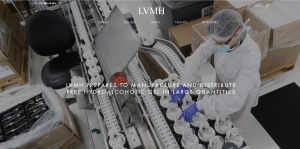
THE BRIGHTER SIDE → Opportunities for new countries and cities have opened up because of this. Countries like India have a huge chance to export textiles and raw materials. India has been known for its cotton production since the Indus Valley civilization and could Valley civilization and could use this opportunity to make itself a trade market, moving upwards from what it already is. Alongside India – Bangladesh, Pakistan, small countries in Eastern Europe and Tier 2-3 cities are potential exporters as well. Since export and import are shut, so are retail stores. A ripple effect is going to be created if the bills aren’t paid and the already bought stock is not sold, thus to liquidate sales reducing price points seems like a good idea. To keep sales stable, either brands increase the price per item and equalize for the loss or decrease the prices and create a mass appeal to sell off as much as possible. Since the price point that luxury brands sell themselves at is at its peak right now, increasing would just add more fire to the fuel especially in sensitive times like these. The last thing a consumer wants to hear or do is paying more for an item they know sold for less, pre-pandemic.
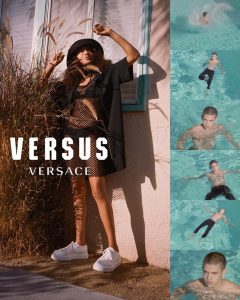
It only makes seems logical for brands to incorporate ideologies like diffusion lines. Most brands already practice the diversification of their main line into a mass appeal line which is priced at a cheaper rate and attracts typically the younger clientele. Versus by Versace, Armani Exchange by Armani, Giamba By Giambattista Valli, Cheap and Chic by Moschino, etc are examples of current-day diffusion lines. This helps the designer house gain a mass appeal and have more sales. It makes all sense for luxury pioneer houses to start considering doing this to start pushing slow-moving sales.
TO CONCLUDE →
1. Brands need to digitize heavily.
2. Luxury houses may have to consider opening diffusion lines.
3. Attract different clientele across the globe, not just China.
4. Diversification of supply chain, opens doors for cities in different tiers.
Every brand has its own unique way of managing a situation in a time of crisis like this, thus it’d be interesting to see how they play their cards, customize and mold their business strategies.

“STALLION OF HOPE”
Prada Marfa is a permanent sculptural art installation located 1.4 miles northwest of Valentine, Texas. An ideal stallion of social distancing within fashion mongers.

